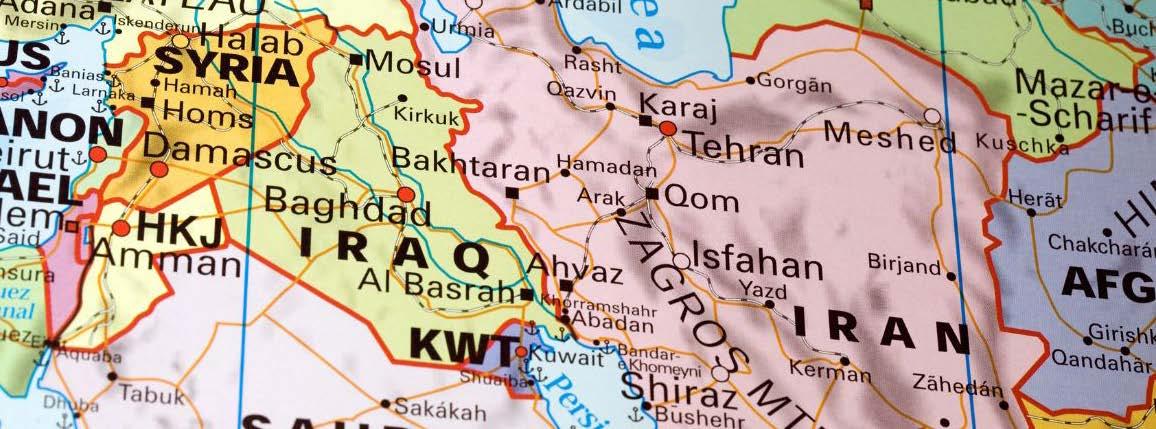
1 minute read
IRAQ
RB: After the strong growth in 2022, the economy appears to be losing steam so far in 2023. Oil production rose 4% year-on-year in JanuaryFebruary, down from the 10% increase observed in 2022. Moreover, a dollar shortage and a weak parallel-market dinar could negatively impact commercial activity. In addition, in late March, oil exports from the Kurdistan region to Turkey were temporarily halted after an international court ruling.
A deal to restart exports was reportedly reached in early April. If resumed swiftly, this should limit the harm to Kurdistan’s economy. More positively, the cabinet recently presented an expansionary 20232025 budget. If approved by parliament, spending in each of the three years is seen rising to around $152 billion, an over 30% increase from the previous budget. While this bodes well for domestic demand, structural economic weaknesses will likely remain unaddressed.
JM: Iraq’s export economy heavily depends on shipments of oil to China, which accounted for over a quarter of its total exports in 2022, valued at nearly $40 billion. The country also sends significant quantities of oil to India and the US. However, unlike Iran, Iraq has not diversified its export economy, with no other category where it exports over a billion dollars worth of goods.
Meanwhile, Iraq depends on trading partners for a wide range of products. In 2022, it imported $7.4 billion worth of goods, including iron and steel, plastics, and pistachios, from Iran, making it Iran’s second-largest buyer of exports. Iraq also imported machinery and electronics from China, cereals and sugar from India, and aircraft parts from the US.
Total exports in 2022 surged to $138.9 billion from $88 billion, primarily due to a hike in oil prices, with its biggest markets being China, India, the US, South Korea, and Greece. Meanwhile, total imports in 2022 increased to $53.9 billion from $45.6 billion. Its main sources of imports were China, Turkey, Iran, India, and South Korea.










